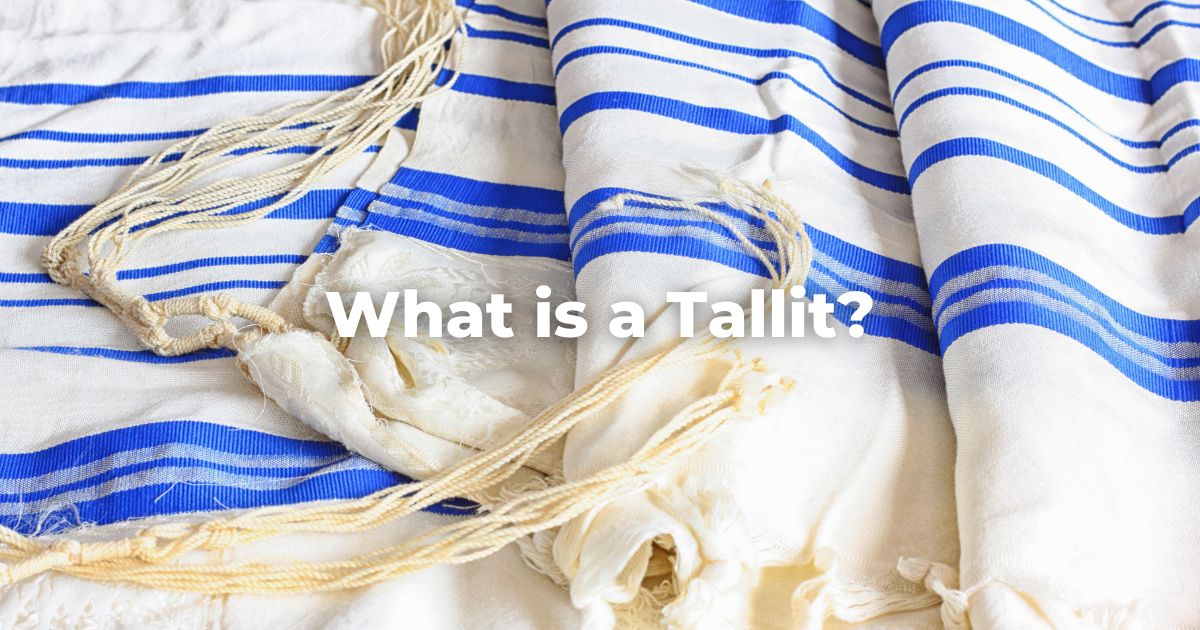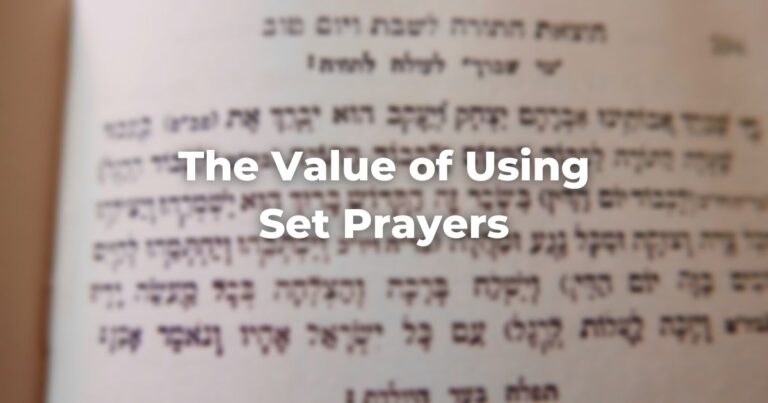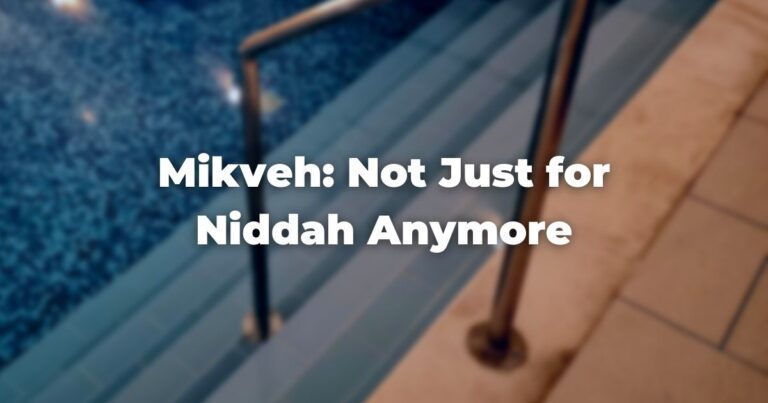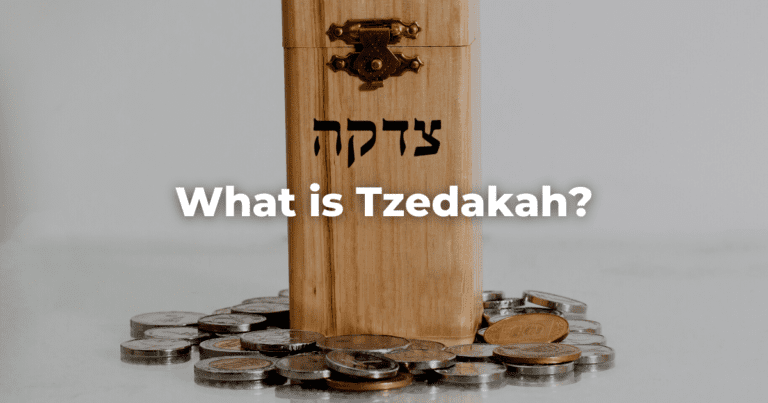Why Wear Fringes?
The TorahRefers to the first five books of the Hebrew Bible, the Tanakh, also called the Five Books of Moses, Pentateuch or the Hebrew equivalent, Humash. This is also called the Written Torah. The term may also refer to teachings that expound on Jewish tradition. Read more commands the faithful to put fringes (tzitzit) on the corners of their garments in the Book of Numbers:
“They shall put tassels on the corners of their garments in every generation” (Numbers 15:38).
These tassels, called tzitzit (or tzitzis) in Hebrew, are explicitly intended to serve as a reminder of God’s commandments.
Since ancient times, Jews have tried to explain their symbolism.
Rashi, in his comment to Numbers 15:41 (s.v. p’til t’kheilet), says that the eight strands of the tzitzit correspond to the eight days between the Israelites offering up the paschal sacrifice and the day they crossed the Sea of Reeds.
The five knots, corresponding to the Five Books of Moses, serve to remind us to fulfill the commandments of the Torah.
Together, then, the tzitzit serve to remind us that, just as God redeemed our ancestors from Egypt and at the Sea of Reeds, so too will God continue to protect and redeem the Jewish people in every generation.
In ancient times, garments with four corners that were worn during the day had tzitzit attached to their four corners. Today, many at prayer don a special four-cornered garment called a tallit that requires that tzitzit fringes be attached to it.
Wearing a tallit during morning prayers provides us with an opportunity to reflect on God’s commandments in a tactile manner.
There are also those who feel that the tallit is a Jewish prayer uniform of sorts. It provides worshipers with an opportunity to connect with members of the Jewish community across history and geography, providing a sense of universal Judaism within one’s personal prayer space.
Donning a Tallit
The laws that govern the use of the tallit are relatively straightforward.
Before beginning morning prayers, one should put on the tallit and then don tefillin (tefillin are not worn on shabbat or holidays). When putting on the tallit, one should hold it with both hands, then recite this blessing:
בָּרוּך אַתָּה ה’ אֱלהֵינוּ מֶלֶך הָעוֹלָם אַשֶׁר קִדְשָנוּ בְּמִצְוֹתָיו וְצִוָנוּ לְהִתעַטֵף בְּצִיצִת
Barukh attah adonai, eloheinu, melekh ha-olam, asher kidd’shanu b’mitzvotav v’tzivvanu l’hitatteif ba-tzitzit.
Praised are You, Adonai, our God, Sovereign of the universe, who, sanctifying us with divine commandments, has commanded us to wrap ourselves in these tzitzit.
Then one should place the tallit around one’s shoulders like a shawl. There are also those who put the tallit over their head first, and only then wrap it around the shoulders.
When wrapping oneself in a tallit, many reflect on the image in the Hashkiveinu prayer from the Evening Service in which we pray that God might spread over us a “sukkah of peace.” When wrapping ourselves in the tallit, we can imagine God’s wide embrace as we surrender to God’s enveloping presence. This is an additional way to prepare for prayer.
The tallit is usually made of wool, silk, or cotton. The tzitzit on it must be made of the same material.
However, it is possible to use woolen tzitzit on every tallit, regardless of its material (Mishneh Torah, Hilchot Tzitzis 3:5; gloss of the Rema to Shulchan Arukh, Orach Chayim 9:2).
Personalizing a Tallit
In recent years, the tallit has become a personalized feature of Jewish life.
Many preteens create their own tallitot as a way of preparing for their b’nei mitzvah. In other communities, families purchase a special tallit for each child at birth to be used at their naming ceremony and then again at their b’nei mitzvah.
Many tallitot are designed to reflect our values, emblematic of the modern interest in personalizing symbols and rituals. One should be careful, however, that the design respects the fact that its use constitutes the fulfillment of one of the sacred commandments of our faith.
It is not, therefore, designed or treated in a casual, vulgar, or disrespectful manner.
Tying Tzitzit
When making one’s own tallit, one way to attach and tie the tzitzit is as follows:
At each corner of the tallit, there should be a hole an inch or two from the edge.
Four strands, three of equal length and a longer one, are brought through the hole and folded over in such a way so as to yield eight strands, of which one is longer than the other seven (the shammash, servant).
The two sets of four strands are now knotted together with a double knot, whereupon the shammash is wound seven times around the other seven threads.
Another double knot is made, then the shammash is wound around the other strands eight times.
Another double knot is made, and then the shammash is wound around the others eleven times.
Another double knot is made, and then the shammash is wound around the others thirteen times.
Lastly, a final double knot is made.
The number of knots tied for all four tzitzit specifically stands for the commandment “and you shall see them and remember all God’s commandments” (Numbers 15:39).
But how exactly do they accomplish that?
The answer has to do with gematriya (midrashic commentary based on the numerical value of Hebrew letters). Using this system, the word tzitzit is deemed to have a numerical value of six hundred, which, together with the eight strands and five knots, yields a total of 613, the number of mitzvot in the Torah.
One can look at the tzitzit and be reminded of the 613 commandments.
Who Wears a Tallit?
Although there are statements here and there in rabbinic literature that wonder about the appropriateness of women wearing tallitot, historically it was only male Jews who wore the tallit during prayer.
As Conservative Judaism attempts to integrate modern values with Jewish practice, egalitarian ritual practices have been adopted. Those that were not customary but not formally forbidden were the first and simplest to gain acceptance.
Today, all Jewish adults regularly wear tallitot in Conservative synagogues, and clergy of all genders generally wear a tallit as part of daily morning worship.
Although it is the custom in many communities for people to begin wearing a large tallit during prayer only after marriage, this is rarely the practice in Conservative congregations.
Instead, in most Conservative synagogues children of the age of b’nei mitzvah begin to wear a tallit.
When is a Tallit Worn?
Except on the eve of Yom Kippur and during the Afternoon Service on the Ninth of Av, the tallit is generally donned only during morning prayers by regular worshipers. The prayer leader, however, may wear a tallit at other times as well.
Some Jews wear a tallit katan (small tallit also known as arba kanfot, four corners), under their garments.
This enables such individuals to see, thus to be conscious of, their tzitzit all day long, and so to be constantly reminded of the mitzvot.
Adapted with permission from The Observant Life.
Authors
-
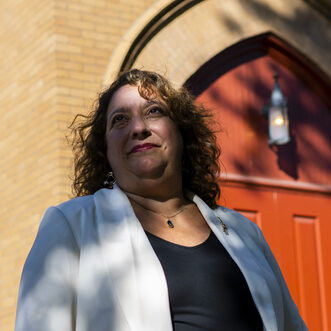
Rabbi Dr. Karen G Reiss Medwed, is Teaching Professor emerita at Northeastern University. She serves as Interim Vice Provost, Academic Affairs and Initiatives for HUC-JIR. Dr. Reiss Medwed's scholarship includes digital education, higher education leadership, and faith-based education. Dr. Reiss Medwed was ordained by JTS in 1995, and earned her Ph.D. from New York University's Steinhardt School of Education in Curriculum, Teaching and Learning with a specialization in Jewish education in 2005.
View all posts -

The Observant Life: The Wisdom of Conservative Judaism for Contemporary Jews distills a century of thoughtful inquiry into the most profound of all Jewish questions: how to suffuse life with timeless values, how to remain loyal to the covenant that binds the Jewish people and the God of Israel, and how to embrace the law while retaining an abiding sense of fidelity to one’s own moral path in life.
Written in a multiplicity of voices inspired by a common vision, the authors of The Observant Life explain what it means in the ultimate sense to live a Jewish life, and to live it honestly, morally, and purposefully. The work is a comprehensive guide to life in the 21st Century. Chapters on Jewish rituals including prayer, holiday, life cycle events and Jewish ethics such as citizenship, slander, taxes, wills, the courts, the work place and so much more.
View all posts

